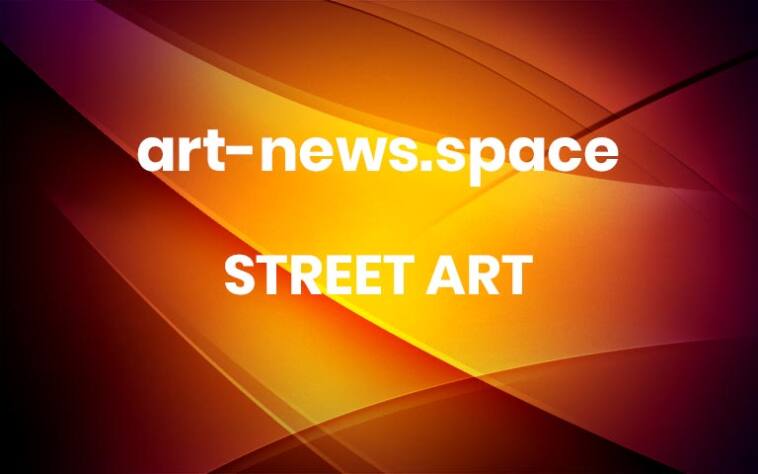Artist Interview: Tania Marmolejo
Tania Marmolejo Andersson is a Swedish-Dominican American artist born in Santo Domingo, Dominican Republic. Her work juxtaposes the intimate and personal with the monumental, creating large-scale paintings of ambiguous female facial expressions. She also explores issues of gender and identity as a Scandinavian-Caribbean female artist, using portraiture and physical expression as a means of communicating emotions to the viewer, stimulating a striking empathetic response.Recently, I had the chance to interview Tania to discuss the artistic influences behind her work and her upcoming projects.Rom Levy: When did you know you wanted to be an artist?Tania Marmolejo: Since I was a little girl, I picked up a crayon and found magic.What is the inspiration behind your work?My own experiences as a woman, memories of my childhood and teenage years, thoughts and contemplations on life and the female experience.How does painting as a medium serve your concepts in contrast to the other mediums? Painting in oil allows me to quickly paint my thoughts (i do not sketch beforehand), and at the same time- take my time finishing the work and changing it as I go along and as my thoughts and feelings change.What is the concept in your paintings? Why are women the main subjects of your portraits? And what does the emphasis on the eyes bear?The concept is female life, women are the central figures because I work from my own experiences. The eyes are the vessels for communication. I want the viewer to be “caught” in a stare that won’t let go.Who are the women in your paintings? They are characters that represent feelings, experiences and memories. Not necessarily self- portraits, but there is a lot of me in each character.What can you tell us about your palette? It varies depending on the memory I am portraying, or the feeling I want to express. It can be a cool palette with bits of warmth, or a warm palette with hints of coolness.There are instances where more than one subject is depicted in your paintings, such as a bird or more female characters. Can you tell us more about these paintings?The animals sometimes represent other people, sometimes they are symbols, sometimes they are a little voice…the other female characters can be a mirror image, a friend, a sister. I let the viewer decide.I am interested in the ephemerity of paintings. If you are unhappy with a work, do you tend to destroy it or would you rather put it in storage for a while and alter them at a later date? I store them and alter later. I rarely destroy, though it has happened – so I can move on!As a New-Yorker, how is your relation to the location street culture? I actually don’t have a lot of similarity with the street culture, being more of a “classical” painter, even if my characters can be pop- surrealist in nature. I do have friends in the culture and I enjoy it, but almost feel detached from it as a genre.Did you ever paint a mural or have any interest to do so in the future?I have painted murals in a classic sense (on a wall in a home), but not an outdoor one. It would be an amazing experience to try.Being from various backgrounds culturally, how does that influence your work? My work can be very split in personality, and that comes from my dual Scandinavian- Caribbean heritage. The colors, themes, personalities can be very scandinavian or caribbean, depending on my mood and focus.Describe what a day in Tania Marmolejo’s week looks like?A lot of painting! Always. I am very disciplined and paint many hours a day. I tend to work very hard for several weeks leading up to a show, then I travel far to escape my studio and clear my mind.What is one thing you always need in your studio while working?Music! Though silence is nice too, once in a while. Light- lots of light. Tell us about your upcoming plans?Aside from the solo show at Volery Gallery, which I am very excited about, 2023 is full of solo shows in Asia and Europe, and some group shows too. So I see a lot of my studio walls in my future!Photo credits: B4 Flight More




